For new bakers, yeast can come off as this mysterious, fickle ingredient that is hard to decipher.
Yeast comes in many forms, each with their own rules and functions, and picking the wrong one can mean ruining an entire batch of dough. But why is working with yeast so difficult?
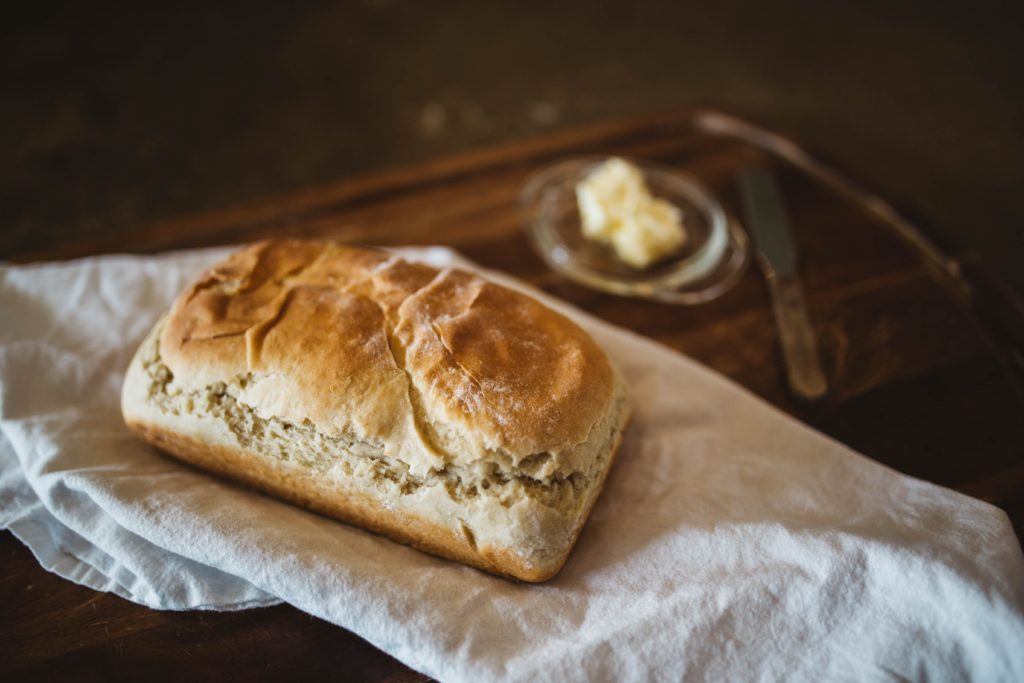
Unlike other ingredients, yeast is an organism. In other words, it’s alive. And, just like every other living organism, it needs food, moisture, and warmth so that it can continue to survive.
Let’s compare yeast to something we are all familiar with: human digestion. As humans, we eat food so that we have the energy to live. In order to do this, we put the food through a process called digestion, which breaks it down into nutrients that our bodies use.
Much like humans, yeast also ‘eats’ food, namely sugar, which turns it into its own energy. As a by-product, carbon dioxide is formed.
This carbon dioxide is important to the bread, as it makes bread rise during both the proofing and baking stages.
Contents
All About Gluten
However, it’s not just yeast doing all the work—flour is heavily involved with the rising of bread as well, as it contains a number of proteins.
When two specific proteins, gliadin and glutenin, are mixed through kneading, they become gluten. Gluten acts like a structure or a web; this web is then filled by the carbon dioxide from the yeast, causing the bread to rise.
The secret to working with yeast lies in understanding this process; sugar is ‘eaten’ (or metabolized) by yeast, which releases carbon dioxide into the dough.
The gluten (from flour) is then filled up by this gas, and the dough rises.
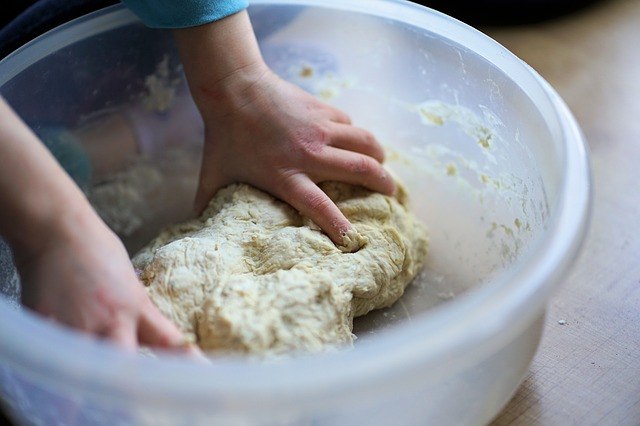
Brewer’s Yeast vs. Active Dry Yeasts
While all yeast functions the same, and some of them are interchangeable, brewer’s yeast cannot be used for baking. The most important reason is that they simply have different compositions.
The strains found in brewer’s yeast were chosen due to their ability to produce alcohol, as well as the bitter flavor.
On the other hand, the strains in active dry yeast were chosen for their ability to produce gas, specifically carbon dioxide. If you switch brewer’s yeast and active dry yeast (or baker’s yeast), you cannot ferment beer or make bread rise.
Types of Yeast
Making things even more complicated, there are different types of yeast.
When browsing at the store, you may feel overwhelmed by the options available, or you may have difficulty finding the specific type of yeast called for in a recipe.
Here is a quick run-through of the four common types of yeast for bread baking, and how to use yeast depending on its variety.
Natural Yeast
Natural yeast is a bit different from the other types of yeast, mainly because it’s more hands-on.
Specifically, this yeast can’t be seen; while other types come in blocks, pellets, or powders, natural yeast comes inside a mixture of flour and water.
This mixture will look like a thick, fluffy mixture usually stored inside a glass jar.
This means that you can’t actually ‘see’ the yeast. However, we know that it’s there because the dough rises. In baking, this dough is called a starter, specifically a sourdough starter.
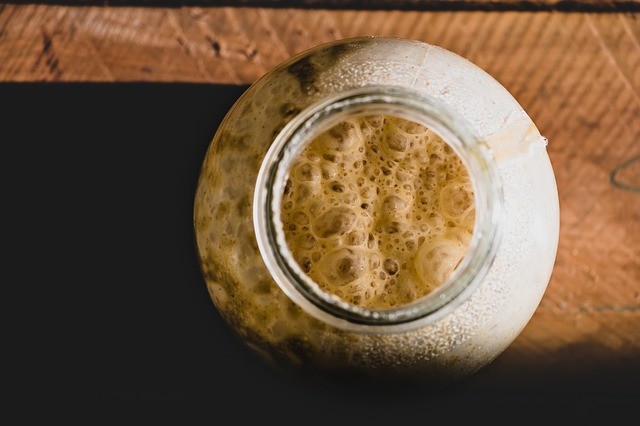
Before other types of yeast were developed, the sourdough starter was the only way to add this ingredient to bread.
There are three ways to obtain a sourdough starter. The first is by asking a friend who bakes for a starter. The second way is to create a starter of your own. Here is a recipe for this task.
The third, and probably most efficient way is to buy a sourdough starter kit. This kit will have all the ingredients you will need to begin yours from scratch, without the lengthy procedure.
Working with a starter requires a lot more time and effort compared to the other yeast types. Most recipes that call for a sourdough starter require a time commitment of at least a day due to the multiple times you will need to proof.
However, it should be noted that making a starter is a sure-fire way to improve the taste, texture, and shelf-life of your bread. Indeed, there are many professional bakers who swear by sourdough starters, in the belief that you simply cannot achieve that professional quality without this type of yeast.
To make a sourdough starter, you will first need to make a leaven. This will function as an ‘initial’ bit of dough and is made by mixing a tablespoon of starter with flour and water.
This will then be proofed for half an hour. After proofing, this dough can be added to the rest of the recipe. Here is a more thorough guide to making your own sourdough starter.
A sourdough starter will keep in your fridge for forever, as long as you continue to feed it flour and water. More information about feeding can be found here.
While it may seem tedious to have to maintain a sourdough starter, it also comes with the benefit of never having to buy yeast ever again.
This video explains more on how to use yeast to make a sourdough starter.
See also our guide on using diastatic malt powders for bread starters.
Fresh Yeast
Fresh yeast, also known as compressed yeast or cake yeast, comes in what looks like a block, or an eraser.
Since it needs to be kept in a cold environment, you probably won’t find it alongside the other types of yeast.
This variety is considered a special, fancy type of yeast, since it needs to be used immediately, no more than two weeks after its purchase.
This means that its best used when making a large batch of bread. However, its short shelf-life is a small price to pay for great bread.
Professional bakers consider the fresh type as the best yeast for bread, next to sourdough, as it’s pure, gives a lovely taste to bread, and is convenient to work with.
To use it, simply take a bit in your hands and crumble it. You can add it straight to your dry ingredients or let it dissolve in your wet ingredients, depending on what the recipe calls for.
To store fresh yeast, you will need to wrap it in plastic wrap and store in the refrigerator. Remember to use it within two weeks!
Dry Yeast
What is dry yeast? While fresh yeast comes in a solid block, dry yeast looks like small pellets. Unlike fresh yeast, you will need to proof or dissolve this yeast in hot water, before you can add it to your dough.
This is because the pellets are too large for it to be incorporated into the dough without proofing.
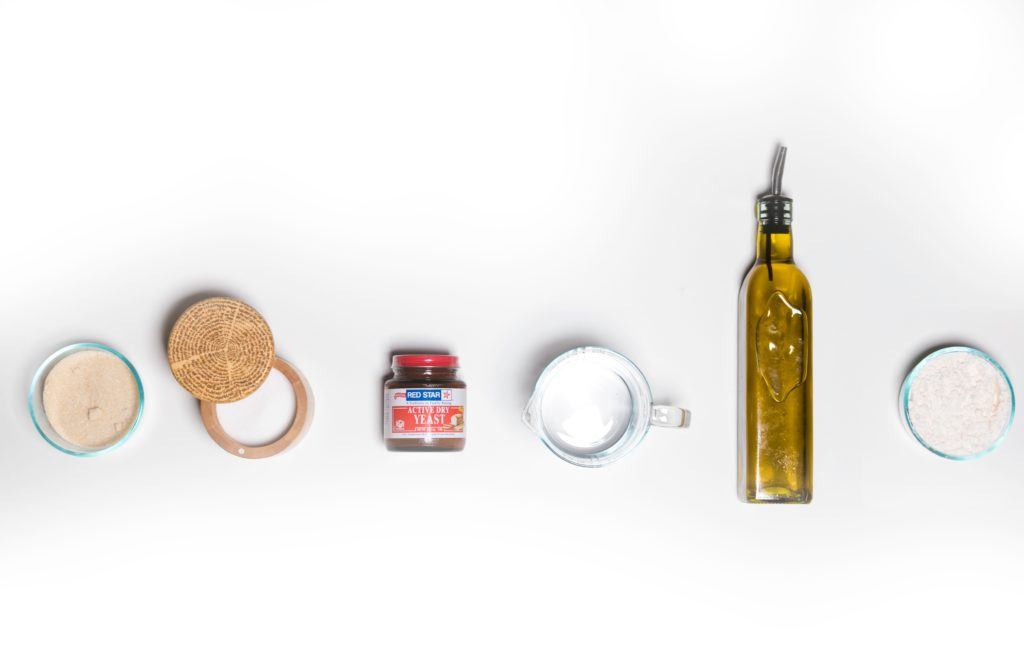
If you don’t proof dry yeast properly, you run the risk of adding non-dissolved pellets in your dough, which means that someone can bite into them. And no one likes the flavor of pure yeast!
On the other hand, there are brands that sell active dry yeast in finer powders. These powders mean that you don’t run the risk of it not dissolving in the dough.
Unlike what the back of the packets would instruct, you don’t really need to dissolve this type of active dry yeast before adding it to the dough.
However, there is still a chance that you will need to proof it, just to check if the yeast is ‘alive’ – or if it will metabolize the sugar and cause the bread to rise.
To proof active dry yeast, you will need to dissolve it in the amount of warm water that its packet calls for. (This ratio is usually ½ tablespoon yeast in ¼ cup water.) Then, add about a teaspoon of sugar.
Leave it for about five to ten minutes. During this time, the mixture must bubble. This means that the yeast can still be added to your dough.
You can use this mixture as you would a normal ingredient; just remember to reduce the amount of water needed by ¼ cup.
Active dry yeast should be stored within an airtight container in a fridge or freezer. While it’s still okay for it to be stored at room temperature, storing it in a cold environment will lengthen its shelf-life.
Fast-Action Yeast
Instant yeast is the most easily-accessible yeast there is. New bakers are probably familiar with this type of yeast already.
Also known as rapid-rise, quick-rise, fast-action yeast, and sometimes bread machine yeast, instant yeast is sold as a powder.
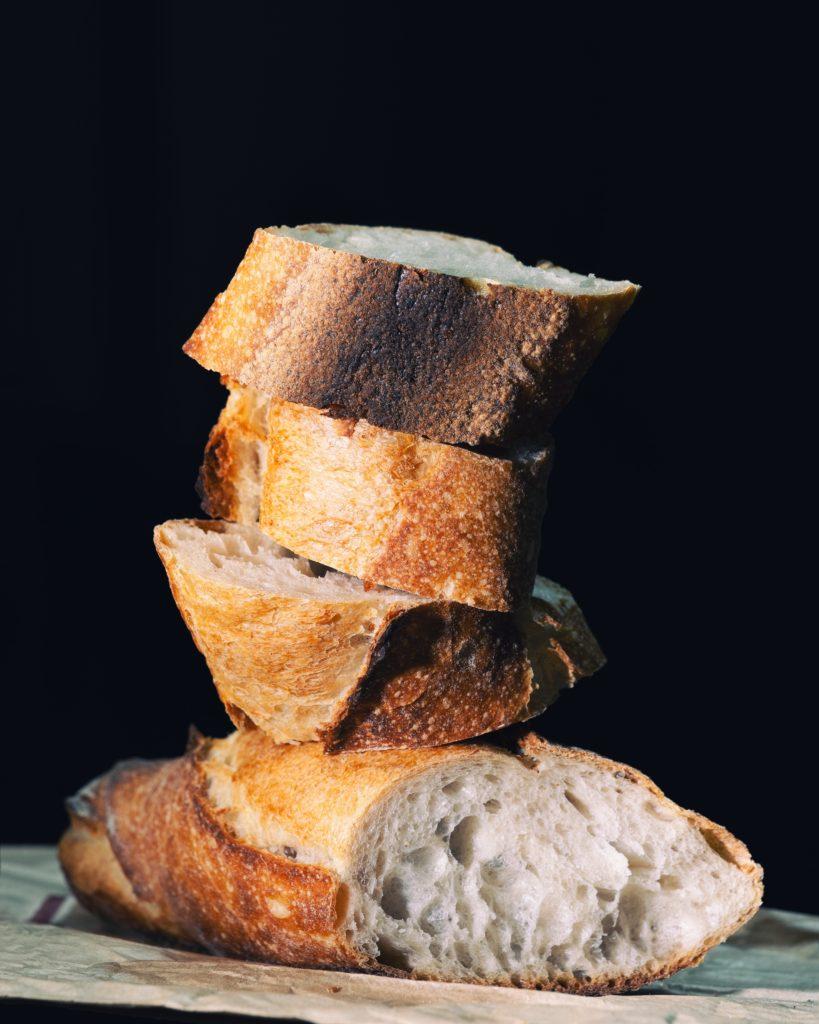
As its name implies, it can be added immediately to your dough, cutting baking time by a decent number of minutes or hours.
While instant yeast wins over all the other types when it comes to ease and convenience, it should be noted that instant yeast contains a lot of additives, sometimes up to 7%.
This also means that instant yeast will have a slightly different taste. When choosing this variety, it’s wise to understand that it’s the most convenient choice, but also the least healthy.
Instant yeast has a shelf-life of up to a year and can be stored at room temperature. Just make sure that it’s stowed away somewhere dry and cool!
Here’s a video explaining more on different types of yeast.
Substituting One Yeast with Another
What if your recipe calls for fresh yeast, but you only have dry yeast available at your store? Not to worry.
The last three types of yeast are interchangeable, and the only thing in need of tweaking is the amount of yeast you will need to add to your recipe.
The necessary amount for instant yeast and active dry yeast are similar. They can be interchanged with a 1:1 ratio.
On the other hand, fresh yeast requires double the amount of dry yeast, whether instant or active dry. As such, your recipe will need tailoring.
When substituting with a sourdough starter, a good rule of thumb is: a packet of dry yeast is equivalent to a cup of starter.
You will then need to use less flour and water, depending on the amount of leavening that you used, as well as the hydration level of your starter. Here is a more thorough discussion of the subject.
Which is the Best Yeast for Bread?
When picking the right type of yeast for baking, there are two main things to keep in mind: the experience you have with bread-making and the effort that you’re willing to put into your recipe.
For beginners, it’s best to start with instant yeast and make small batches of bread. Because instant yeast is the cheapest and most readily-available, this variety will provide you with room for mistakes without it being too expensive or wasteful.
If you plan on branching out, you can also try working with dry yeast. This is the kind most commonly used by home bakers since it’s a good compromise between convenience and flavor.
You can save fresh yeast for special occasions, especially those events where you will need to make a large batch.
However, if you want to dedicate a great deal of your time to making bread, then natural yeast is the way to go.

While it may double the amount of time that you will need to bake (not to mention the amount of time you will need to dedicate to feeding the starter), there’s nothing quite like the feel and taste of a loaf made with a sourdough starter.
If you plan on going into bread-making professionally, or just intend on making larger batches for home use, then a sourdough starter is the way to go. It provides the best flavor, as well as the greatest number of health benefits.
Baking More Boldly with Different Types of Yeast
Bread making can appear scary to a lot of beginners. There are many things that can go wrong, especially with the yeast itself.
Indeed, beginners may have a few batches that just failed to rise. Professionals can attest to failures as part of the process, and the only way to move forward is simply to bake better.
This guide can function as a supplement to that practice and experience. The next time you peruse flour types at the store, be confident in the knowledge that you now know how to work with yeast!
What types of yeast do you use in your bread?
